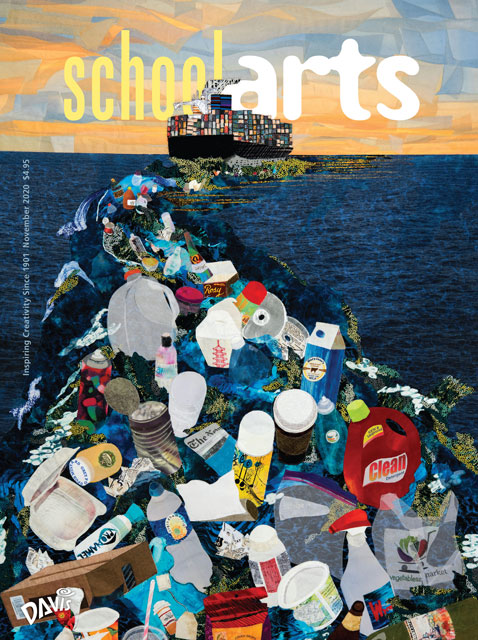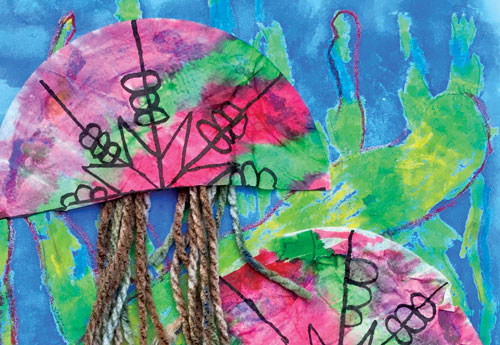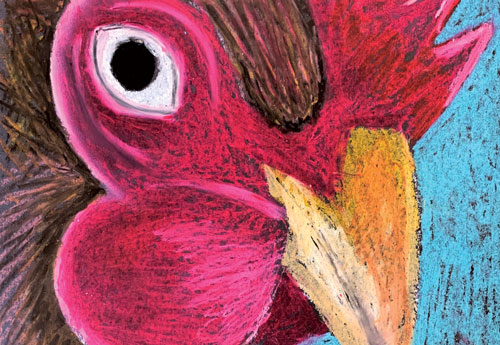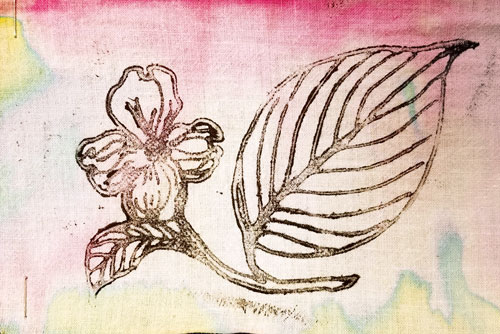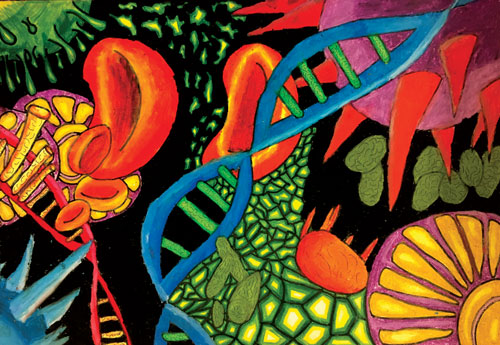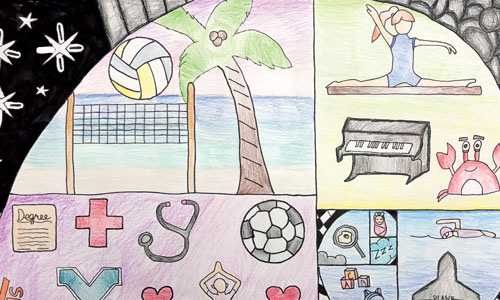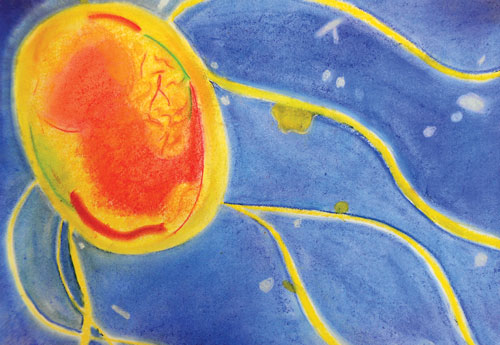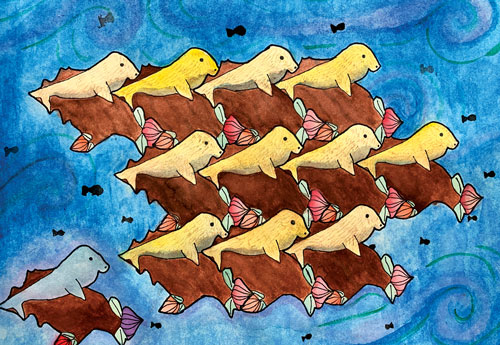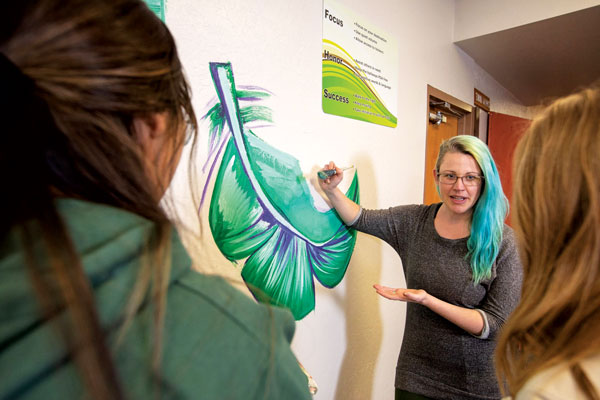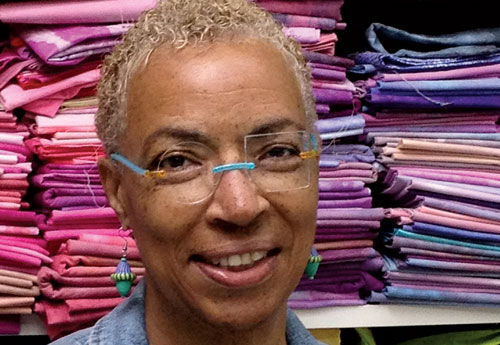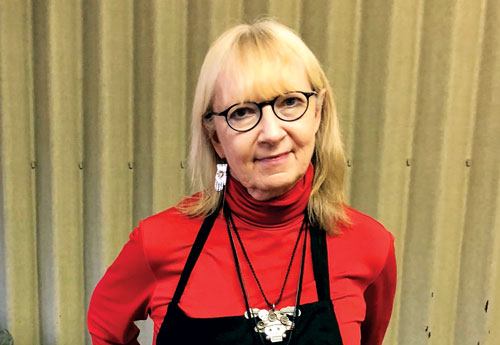
Editor's Letter: STEAM
Around this time every year, I had a skeleton in my elementary art room. Our school’s science lab had a full-sized replica skeleton that no one seemed to use except me, so I would borrow it for the months of October and November (no one ever came looking for it).
Read Article
